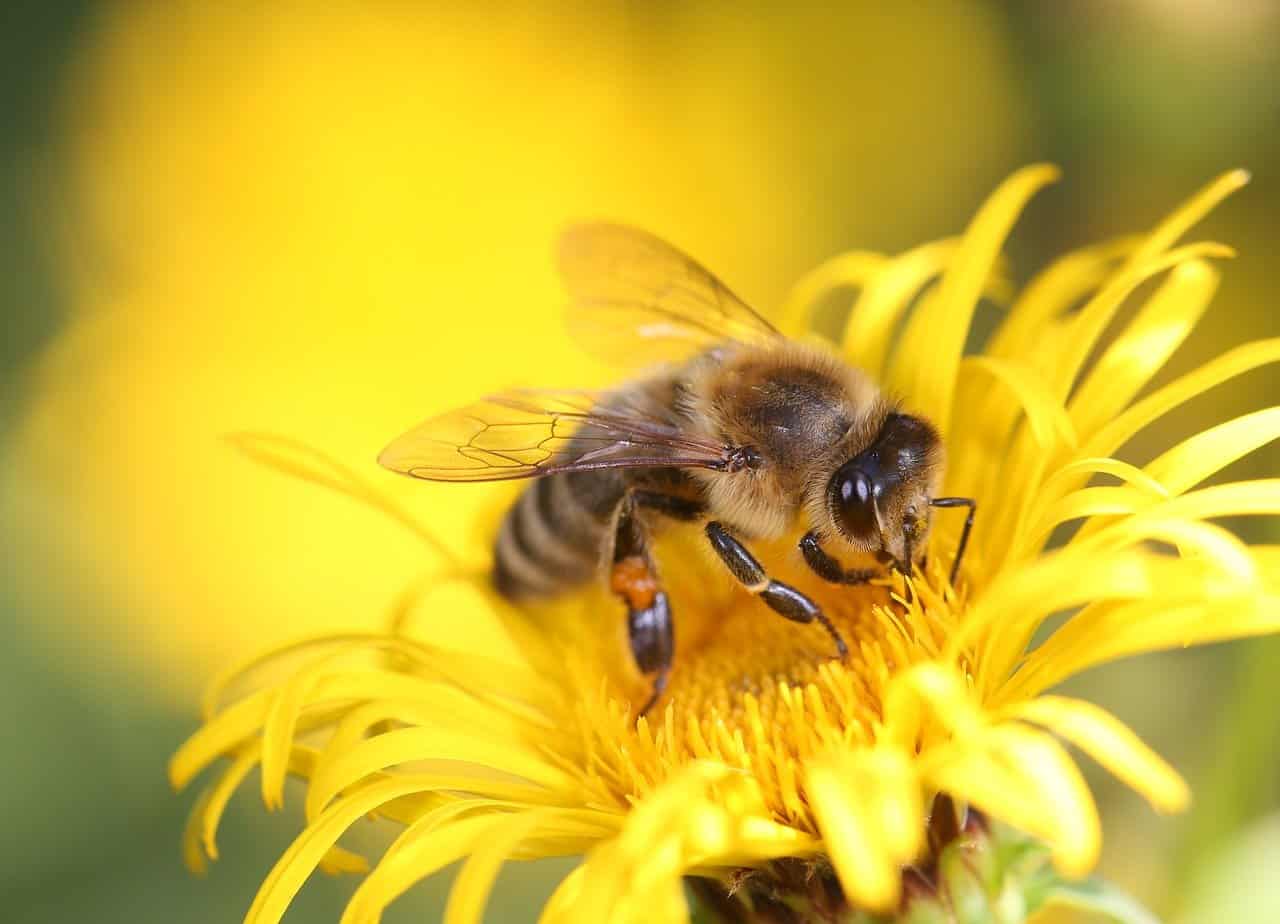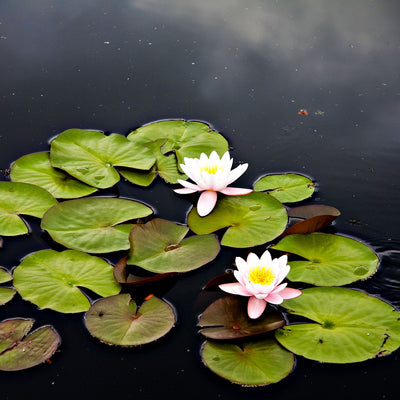One of the most important things that nature does in our fields and all around us is help plants make seeds. It helps plants grow, bloom, and generate seeds and food. When you construct a pollinator garden, you give bees, butterflies, and other beneficial critters a safe space to conduct their jobs. This makes the pollination process go more smoothly, which makes your plants healthier and more productive.
Many plants would not be able to live without fertilisation, and our food supply would be very different. Wildlife stays balanced when there are lots of pollinators in the garden. It also looks nice and helps many plant types keep growing. We will talk about how pollination works, why it's important, and how you can get more pollinators to come to your place in this guide.
What Is Pollination and Why It Matters
Pollen goes from one flower to another during pollination. This lets plants make seeds and food. It does this naturally when animals or the wind move seeds from one plant to another. Many plants would lose much of their colour and vitality in our fields if this process didn't occur.
Pollination is also very important for the food we eat. Many pollinator-dependent crops, like apples, squash, berries, and tomatoes, depend on bugs to carry pollen. Better yields, stronger plants, and a more balanced environment are all benefits of a strong pollination process.
Picking the right plants is the first step to help spontaneous fertilisation. For example, TN Nursery's Purple Gold Perennials are a bright and lovely addition that also helps feed bees and butterflies that come to visit. They look nice in any yard and can grow in a wide range of conditions.
Who Are the Pollinators and How Pollination Works
Many animals assist pollinate plants. Bees, butterflies, hummingbirds, bugs, moths, and even bats are some of the most common pollinators. They all do different things, like visiting flowers to drink juice or gather pollen.
How Pollination Works:
- When broken down, pollination is simple.
- A pollinator goes to a flower to get seeds or drink juice.
- Bugs that spread pollen get stuck on their bodies.
- The bug that spreads pollen flies to another flower.
- Pollen moves from one flower to the next, which helps the plant make seeds.
Wild plants work together in this way to keep gardens colourful and help native plants grow well. Dragonflies and other helpful bugs that like wet places will come to your garden if you grow water plants like Lily Pads from TN Nursery. With these small changes, you can make your garden into a living environment.
How to Attract Pollinators to Your Garden: Practical Tips
It's easier than most people think to create a pollinator garden. If you choose the right plants and structure, even a small garden can look great. The important thing is to give insects food, drink, a safe place to rest, and a place to hide.
Plant a Variety of Flowers
Planting a range of forms, colours, and flower times helps insects all year. It is important to have a wide range of flowers because different insects like various types. For attracting pollinators to garden spaces, bright flowers, native plants, and nectar-rich blooms are ideal.
To get more bees and butterflies into your yard, you can add plants like Purple Gold Perennials. Their bright colours stand out, and from spring to autumn, they make a good food source.
Bring in water features.
Animals, including pollinators, need clean water to live. Your garden will look better with a small pond, shallow dish, or even a colourful waterfall. Water plants like Lily Pads keep your water features healthy and give good bugs a place to hide and stay cool.
For bees to have a safe place to land, even a small garden can have a small bowl of water with stones in it.
Don't use harsh chemicals.
Pollinators are hurt by many lawn sprays and chemical treatments. Picking bugs off by hand, using neem oil, or planting herbs that naturally keep pests away are all natural ways to get rid of pests. Pollination works better when plants are healthy.
This also helps the pollination process work more effectively, especially for plants and foods that depend on insects for pollination.
Make homes for pollinators.
Butterfly and bee nests need places to rest, hide, and raise their young. Additionally, you can assist by adding.
- A few piles of leaves
- Grass in the area
- Branches with hollow centres
- Butterfly or beehive homes
These small steps make places safe for good bugs to live. It will take some time, but your garden will become a safe place for local insect species to live.
Choose native plants.
In their native land and temperature, native plants do their best. Animals and insects that live in your area can eat them naturally. The pollination process is enhanced, and more bees are drawn to your yard by a diverse selection of natural plants.
TN Nursery offers a wide selection of natural plants that will keep your garden interesting year-round.
FAQs
What is pollination?
Pollination is when pollen naturally moves from one flower to another. It lets plants make fruit and seeds. Garden plants and food would not grow well without fertilisation.
How does pollination work in my garden?
Bees and butterflies, which spread pollen, land on flowers to feed on the juice. They take pollen with them as they move around. This helps flowers make seeds and grow new plants.
Why is attracting pollinators to garden important?
Animals that pollinate your plants keep them healthy and make food. They help plants grow better, flowers bloom more, and the surroundings stay healthy.
Which plants help attract pollinators?
Most insects are drawn to plants with juice and bright colours. Bees, butterflies and dragonflies will be drawn to plants like Purple Gold Perennials and Lily Pads that grow in water.
Can I improve pollination even in a small backyard?
Yes! To help insects, you only need a few flowering plants, a small water dish, or a small herb garden. Even little rooms are very important.



